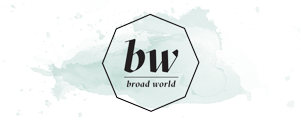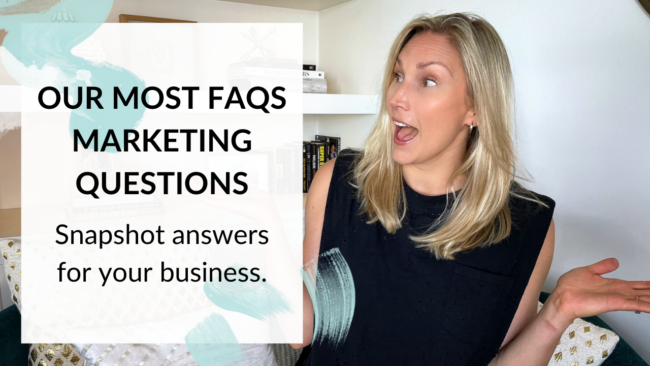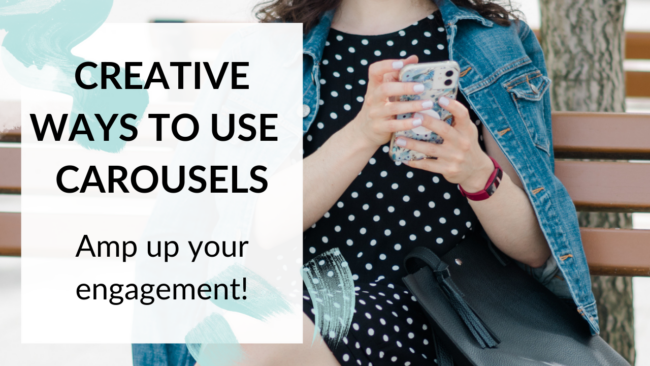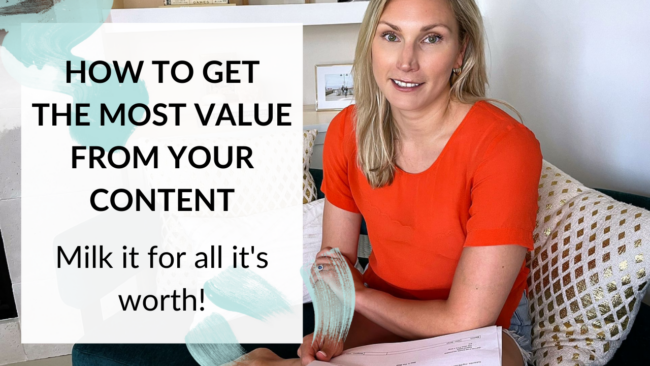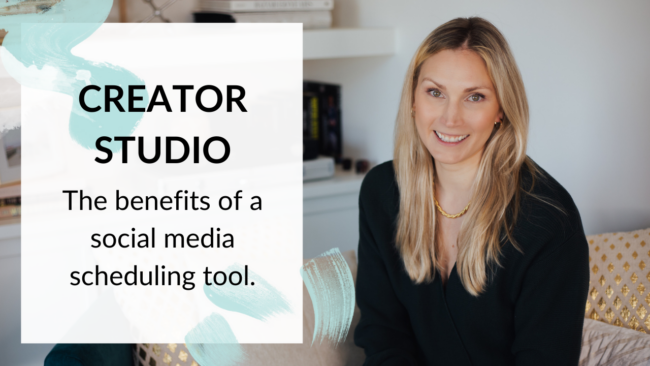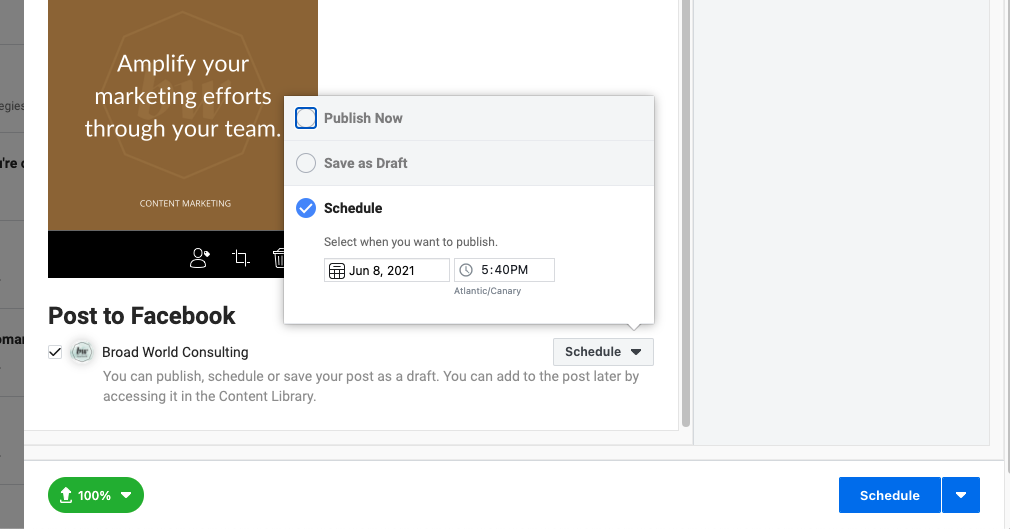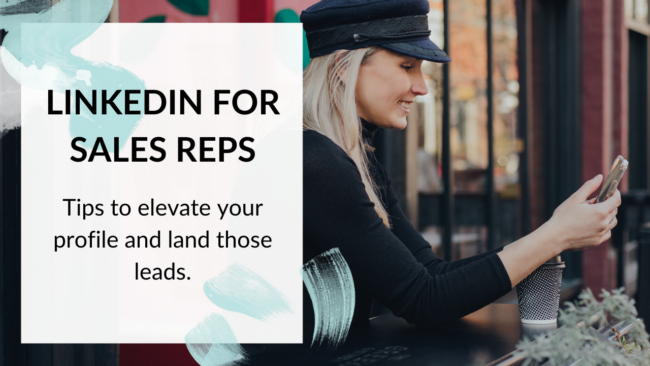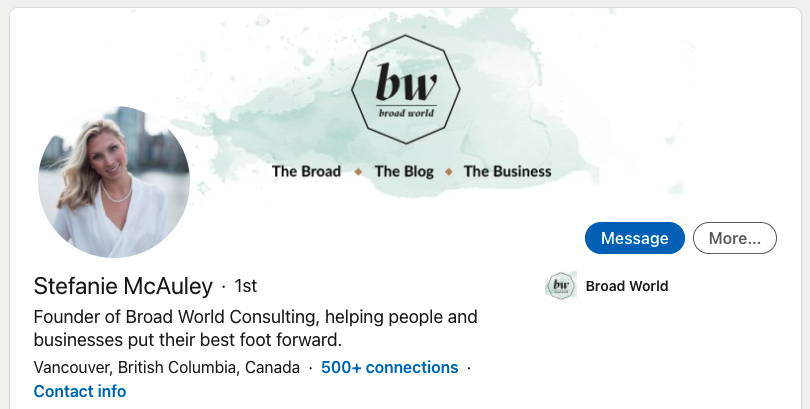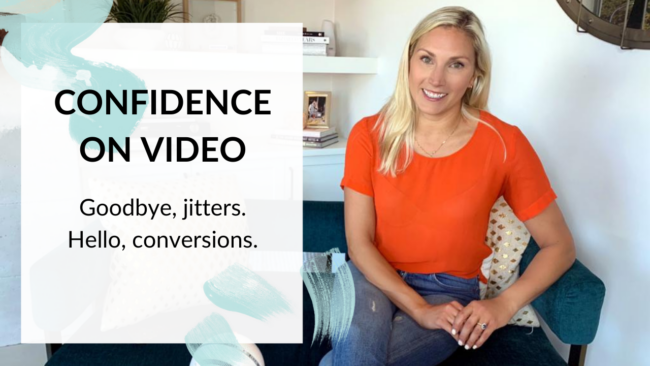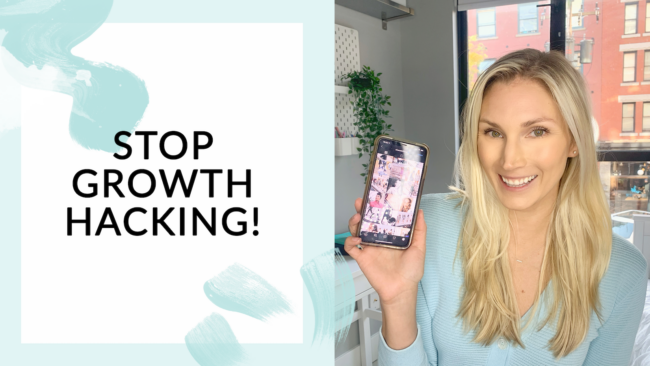The FAQ 2021 Edit: Your top digital marketing questions answered
There are a few questions that keep popping up with our clients no matter what industry they’re in. The world of marketing and branding can be so big and confusing. So let’s break it down and demystify it together with the answers to the marketing FAQs we get from our clients and followers.
- Does email marketing still work?
YES. It’s a direct and effective way to consistently re-engage with your audience — especially with your superfans who are following along your business journey with you. Most EDM platforms allow you to really narrow your messaging and create journeys based on each individual’s interactions with your content.
Email marketing has insane ROI attached. On average, every $1 you invest on email marketing yields a $42 return. Yup, you read that right.
- Do I need to hire a marketing team?
You don’t necessarily need to have an internal team to take care of all your marketing. But there is a point in your business growth where it makes sense to hand stuff off to someone else. Maybe it’s an intern to take care of pesky tasks like social media scheduling or writing alt text. Or perhaps a strategist to put together an overarching plan to ensure your marketing is working cohesively. Maybe you’re not exactly sure what you need and opt to hire an agency like Broad World Consulting *wink, wink* to help you nail your business goals. Stay mindful of your workload and know when it’s time to ask for a helping hand.
- What is SEO?
SEO stands for Search Engine Optimization, which is just marketing jargon for online categorization. Basically, all of the words you write online (on your social media accounts, website, blog, etc.) tell search engines like Google what your content is about — and who it’s important to. Search engines then take that information and index it. So when someone searches for keywords online, Google can show them relevant information. If you’ve used keywords and alt text strategically, this will help you get your business in front of the right audience.
- What is brand voice?
Imagine your business was a person. How would they speak? That’s your brand voice. Just like your company has a personality through visuals like your logo and font, your brand voice tells the world who you are. It’s important to meet your audience with the correct vocabulary, tone, and level of professionalism.
- Can my company benefit from digital marketing?
Yes. Every kind of business can benefit from digital marketing. Online platforms help you find your audience in online spaces and draw them in. Whether your audience is searching for a service on Google, scrolling Instagram, or even browsing what’s new to their neighborhood on Maps — having a presence in these online spaces gives your business a better chance to be discovered.
- How often should I update my website?
This depends on your business and what you’re selling. If you’re a clothing brand, you’ll definitely want to update your website with every new drop and season. But if your offering stays consistent, you may not need to update as frequently. What’s most important is that your website is up to brand standards, doesn’t look outdated, and shows up as impressively as you do in person.
- What pages do I need on my website?
It depends, but let’s go through a few of the basics:
- Homepage – An absolute necessity. With a single glance, your homepage should tell your audience exactly who you are, and what value you provide.
- Contact – Another crucial piece. Keep it simple and clear to make it easy for people to get in touch and hire you.
- About – You may also want an about page to humanize your brand and flaunt your credentials and your why.
- Services/Products – This can be helpful to outline your offering and price point within the market.
- Do I need a blog?
Probably. A blog can significantly strengthen your website’s SEO and get your content in front of the right people. Putting out strong content positions you as a thought leader in your industry and helps your business build trust with your audience. It’s also an effective way to repurpose that content into social media posts that add real value for your audience.
- Does my business need to be on social media?
Yes. Again, it’s really important to build your online presence. But you don’t need to be on ALL platforms — just the ones that are relevant to your audience. So if you’ve got a product that’s fun and flashy, it makes sense to jump on Instagram or TikTok. But if you’ve got a professional and information-based brand, LinkedIn might be more your jam.
- Do I need to constantly be creating new content?
Yes and no. Try to strike a balance between evergreen content while also staying ahead of trends with faster-moving thought leadership pieces. That way you can add long-term value for your customers and get SEO on your side.
- Is it okay to repurpose your content?
Absolutely! Less than 20% of your following on social media or email will see your content. There’s no need to reinvent the wheel. Be sure to update things like stats and pricing to stay accurate. This is also a fantastic way to expand your content across multiple channels, simply tweak for the user behaviour on that specific platform. Read our full guide on how to make the most of your content.
- How do you create effective content?
This answer isn’t one-size-fits-all. Not all platforms are built the same so your goals should be tailored to each one. Really focus on nailing down your goal for each platform so you can determine what success looks like. That way you can match your copywriting and calls to action to support your goal.
- What is lead generation?
Lead generation is the process of attracting potential customers and converting them into customers. This process depends on your goals, platforms, and how long a lead needs to be nurtured before they convert. Generating a lead could be collecting someone’s email address, getting them to an event, or delivering a series of emails to push them through your sales funnel.
Remember, on average it takes 11 exposures of a brand for someone to make a purchase.
- What is remarketing?
Remarketing is the process of reaching out to people who have already been familiarized with your brand. Whether they’ve made a purchase before or simply looked at some products on your website, remarketing keeps your business top of mind and gets you closer to a sale.
- How can Broad World Biz help me achieve my marketing goals?
We offer every kind of marketing service, from digital marketing, to strategy, to PR events, and full website design and construction. We know marketing isn’t one-size-fits-all, which is why we personalize all of our packages. We’d love to help you streamline your marketing plan to make it effective for YOUR business.
Did we miss anything in our marketing FAQs video or in this post that you want and need to know? Pop us a comment below or contact us.
